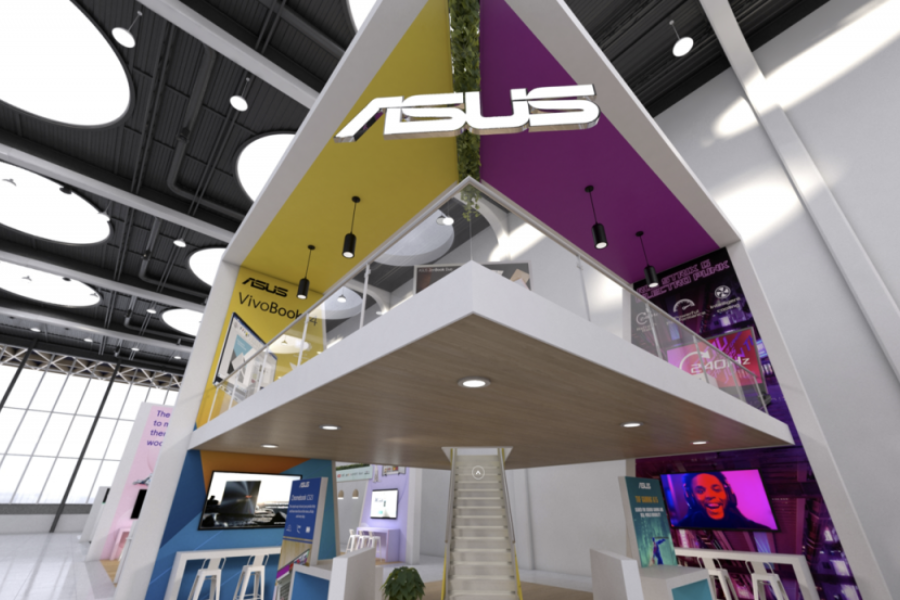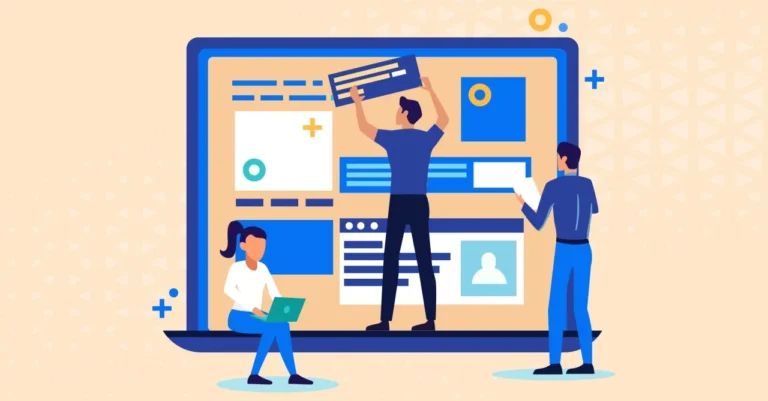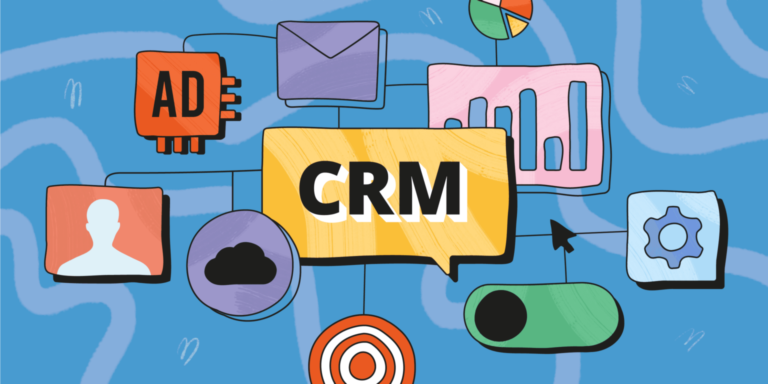Creating Immersive Event Experiences with Cutting-Edge Design Software
Table of Contents
- Introduction to Event Design Software
- Advantages of Using Event Design Software
- Features to Look for in Event Design Software
- Tips for Choosing the Best Event Design Software
- Future Trends in Event Design Technology
- Resources for Further Learning
Event planners can use advanced design software to create immersive experiences that captivate attendees. These tools allow for precise visualizations, interactive layouts, and seamless integration of multimedia elements. Enhanced customization options ensure unique and engaging environments, elevating the overall event experience and effectively meeting diverse client needs.
Introduction to Event Design Software
Event design software has revolutionized how planners create immersive spaces. These digital tools are essential in today’s fast-paced event-planning industry, offering many features that simplify complex processes. Using event layout software, planners can visualize their concepts in 3D, navigate layouts in real time, and ensure precision down to the smallest detail. This technology allows for creative freedom and planning efficiency that was previously unimaginable.
These tools help create seamless and memorable experiences by integrating various aspects of event management. From corporate seminars to grand weddings, the right software can make all the difference in how attendees perceive and enjoy an event. The ability to envision and manipulate every element of an event’s layout ensures that planners can deliver a functional setup that genuinely resonates with the event’s objectives and themes.
Advantages of Using Event Design Software
Utilizing event design software comes with an array of advantages. Firstly, it streamlines the planning process by providing a consolidated platform to manage all relevant details efficiently. This guarantees that every facet of the event is addressed and drastically lowers the possibility of mistakes. Imagine not needing to switch between multiple applications – from floor plans to seating arrangements and decor elements; everything is accessible in one place.
Another significant benefit is the software’s capability to offer comprehensive visualization tools. These tools allow planners to see a 3D model of the event layout, enabling more accurate and creative designs. The result is a visually appealing setup and a more functional and user-friendly space for attendees. Using these models, planners can foresee and address potential issues long before the event day, ensuring a smoother execution.
Features to Look for in Event Design Software
User-Friendly Interface
The program should have an intuitive and user-friendly interface. Even those with limited technical skills should be able to create detailed layouts and designs. A complex interface can be counterproductive, leading to more time learning the tool than planning the event.
3D Modeling and Visualization Tools
Advanced 3D modeling features let you visualize the event space from various angles, adjusting elements in real time to see their impact on the overall layout. This is especially helpful for significant events when every square inch counts and little changes significantly impact attendees’ experiences.
Collaboration and Sharing Options
Effective software allows multiple team members to collaborate on the design. It should also offer sharing options so clients and stakeholders can quickly review and provide feedback. Collaboration features often include real-time updates and cloud synchronization, ensuring everyone stays on the same page.
Integration with Other Event Management Tools
Integration capabilities are crucial for a seamless workflow. Your event design software should be able to sync with other tools you use for registration, ticketing, and marketing. This ensures that all critical data flows freely among different platforms, reducing the likelihood of data discrepancies and enhancing overall efficiency.
Real-Time Analytics and Updates
Real-time tracking of updates and modifications guarantees that all parties participating in the planning process agree, which lowers the possibility of misunderstandings and mistakes. Real-time analytics can also provide insights into attendee behavior and preferences, enabling planners to make data-driven decisions that enhance the event experience.
Tips for Choosing the Best Event Design Software
Selecting the right software involves multiple considerations. First, identify your specific needs. Are you planning large-scale corporate events or more intimate gatherings? The features required can vary significantly based on the type of events you focus on. Understanding your primary use cases can help narrow down the selection.
Customer support is another crucial aspect. Verify that the supplier provides dependable and easily reachable customer support to resolve potential problems. Additionally, look for software solutions that fit your budget while offering the essential features you need. The software should provide good value for money and improve your ROI.
Reading reviews and user feedback can offer valuable insights into the software’s performance and reliability. This helps make an informed decision, ensuring you get the best tool for your event planning needs. Peer recommendations and industry endorsements are also significant when evaluating potential software solutions.
Future Trends in Event Design Technology
The event industry is continuously evolving, embracing new technologies like augmented reality (AR), virtual reality (VR), and artificial intelligence (AI). AR and VR can offer immersive previews of event setups, allowing clients to ‘walk through’ their event before it happens. This can be particularly beneficial for large-scale events and destination weddings, offering a much clearer picture than traditional 2D plans can provide.
AI can enhance personalization, automating tasks such as seating arrangements and maximizing space usage efficiently. These technologies promise to take event experiences to the next level by offering more interactive and personalized planning options. Staying abreast of these trends will ensure you remain competitive in the ever-evolving event planning landscape. Planners who adopt these new technologies early will likely gain a significant edge over their rivals.
Resources for Further Learning
To continue improving your event design skills, consider exploring educational websites, industry blogs, and online courses. Resources like webinars and workshops hosted by industry experts can provide deeper insights. Networking with other professionals in the field can also be highly beneficial for sharing knowledge and best practices. To expand your skill set and learn about the newest techniques and resources in event management, check out industry associations and forums.
Making constant educational investments and keeping up with industry developments can improve your skills as a planner and guarantee that attendees’ expectations are continuously met and exceeded. Regularly attending conferences and trade shows can also provide hands-on experiences with new technologies, which can be invaluable for practical learning.
Keep an eye for more news & updates on Verifiedzine.com





